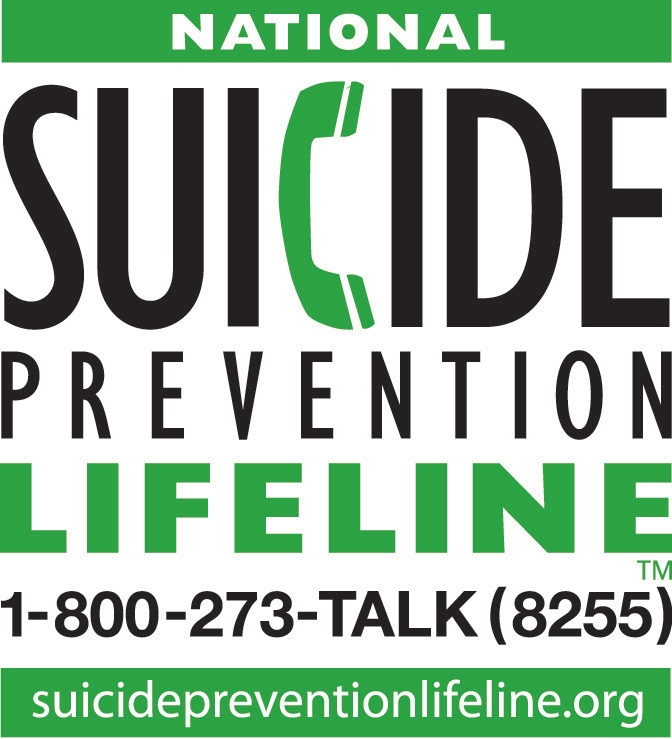REPORT A BULLY
Bullying. A word all of us are, unfortunately, familiar with. Bullying can happen to anyone – someone who is the quiet one or even the tough guy in class. It can come from anyone also– girls, boys, preschoolers, etc. A sure thing is that no one deserves to be bullied. For those that get bullied, they need to know it’s not their fault. Bullying includes repeated behaviors that focus on making someone else feel inadequate or belittled. It comes in many forms, such as harassment, physical harm, and demeaning words. Bullying makes the person feel less about whom they are.
According to Teen’s Against Bullying, this year, 13 million students will be bullied, which is almost one of every four students. Because of bullying, teens who are bullied, and even those who are witnesses to bullying, are scared to go to school. This hinders the learning in our schools for students, which is another reason why it is time to have “all hands-on deck” when it comes to preventing bullying.
Who gets bullied and who does it?
As noted earlier, bullying can happen to anyone, but let’s focus on teenagers. Teens are the largest age group of getting targeted, but also of being the “bully”. The targets for teen bullying are those who are perceived to be different by a disability, race, sex, body shape, etc. It’s not about appearance as some might think. We may say, “it’s the kid in all black” or “the one who gets mad”. In all reality, it could be the kid at the top of the class or the star athlete. It’s about behavior. Teens who bully can be any size, age, race, gender, or in any social class. Bullying is becoming more common amongst younger teens. However, unlike older teens, the younger teens are using physical bullying, which is easier to see. Older teens are utilizing other methods like social media, which is harder to identify. Bullying trends can be seen by gender. Boys are more likely to use physical bullying and girls lean toward verbal and emotional, such as targeting others with nasty rumors.
How do people get bullied?
There are many forms of bullying:
-
Physical. This is self-explanatory. The instigator attempts to physically harm the other person by kicking, punching, shoving, etc. With this type, the instigator instills fear in the one being bullied and often, coerces the other person to do something.
-
Verbal. This is the use of demeaning language to tear down another person. Excessive teasing, belittling words and uses of sarcasm are common ways to hurt the other person’s feelings or humiliate them.
-
Emotional. This type of bullying is designed to get someone else to feel isolated and alone, which can often cause depression and is becoming frequent for teens.
-
Cyber. Electronic bullying is becoming a serious problem for teens. Through social media and text messages, bullies are humiliating and embarrassing others and can be extremely devastating to the one’s being bullied.
What can we do to stop teen bullying?
Teen bullying can be difficult to address, but there are things we can do as a community. To start, family members should discourage bullying. First, it’s important to understand that all bystanders, a person who witnesses bullying, have an opportunity to prevent this from happening. For example, if a teen is in a group of friends and one of the friends is bullying someone else in front of them, that group has a decision to make – to let this happen or stop the bully. This “group” is really important and their reaction has a direct impact on the bully, and the situation. As a community, we must work together to educate our teens about bullying. We need to show them how being a bystander only hurts someone else. Second, our teens should be encouraged to find friends who are supportive and kind. Having a strong friend network can minimize bullying, as bullies are targeting those who are alone. Supportive and diverse environments are crucial in the fight against bullying. Our community is enriched with different types of people, and with your help, we can be role models to show our teens that bullying shouldn’t happen.
If you have any questions about bullying or how you can help in our community with bullying prevention, please reach out to your local law enforcement for more information.
Source: pacerteensagainstbullying.org
















